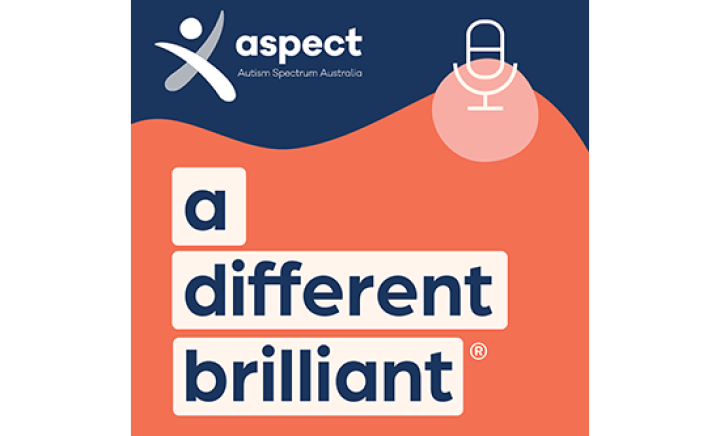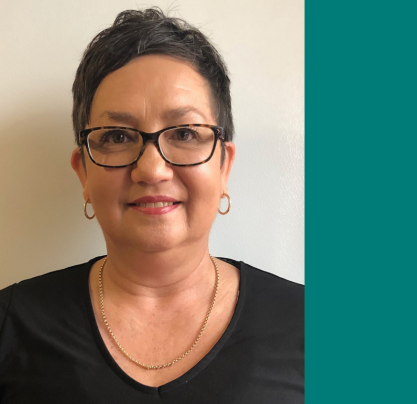As a Speech Pathologist of 35+ years I’ve heard this question many times in many different ways by parents of nonspeaking neurodiverse toddlers and children. The truth is there’s really no way to know for sure. Every neurodiverse diagnosis is different and comes with its own set of experiences.
Communication is a journey and one that we each approach in our own way. While traditional milestones have children saying their first words at approximately 12 months, neurodiverse children may begin speaking much later. A non-speaking, Autistic child may make some sounds but be unable to form words, or they may use single words to communicate bigger ideas, or they may not use any sounds for communication.
So instead of posing an impossible to answer question, I encourage parents to try and shift their thinking and ask instead:
“How am I able to communicate with my child? And will they be able to communicate with me?”
With this mindset, parents can explore and discover the best possible ways of communicating with their non-speaking neurodiverse child.
What does nonverbal actually mean?
Firstly, “nonverbal” and “nonspeaking” are terms we hear used to describe people who do not use spoken language to communicate. While the term nonverbal has been used for decades, nonspeaking is a much newer term, and one I prefer. “Nonverbal” is often mistakenly understood as not having any understanding of language, however communication occurs in multiple modalities and spoken language is just one of these.
It is important to think about whether a child is non-speaking (meaning they don’t use any spoken language), preverbal (meaning that they have not yet developed verbal language), or non-communicative (meaning they have neither verbal nor nonverbal communication skills).
Speaking is one of the ways we all communicate. The use of language supports our interactions with others and allows us to communicate our wants and needs. If an Autistic child is non-speaking, it doesn’t mean that they are noncommunicative. Lack of speech also doesn’t mean that the child doesn’t want to or doesn’t need to communicate.
Successful communication is the goal
I often work with parents to take the pressure off of vocal communication. I am not suggesting they to give up on vocal communication. We can always hope for vocal communication while focussing on functional communication. The ultimate goal is successful communication. Communication is a right for all children. We want the child to be able to express themselves, ask for what they want and need, and become as independent as they can. And all of this is possible, even if they were to remain non-speaking throughout their life. And if a child is non-speaking, there are tools and techniques to implement encourage and assist speech.
I am a strong advocate of empowering parents and building their capacity to support their child’s communication in natural settings across all aspects of their day. I suggest parents/caregivers meet the child where they are at communicatively. So, are they pointing, hand-leading, or making any sounds? I encourage parents to see anything the child is doing to express themselves as their way of trying to connect and communicate.
As a child develops, I also suggest focussing on the successes and then expanding on them. For example, if the child likes to draw, I would encourage them to use drawing as a way to tell others what they need. It is important to always reinforce what’s working and then keep introducing new tools to help them expand their skills.
Alternative and augmentative communication tools are also helpful in supporting the communication of non-speaking neurodiverse children. It’s however rarely a question of choosing one over the other. A variety of strategies often form part of the communication tools each person has in their communication toolbox.
For many children, using pictures or symbols to help them learn language is very helpful. This is no different for non-speaking neurodiverse children. Making the connection between everyday items and a word or a picture is a concrete way to support the child in growing their vocabulary. This then helps them communicate their needs and wants more easily.
Technology in the form of an app on a tablet or smartphone; or a dedicated communication device could also be a successful strategy.
There are many who also use Key Word Sign and natural gesture strategies to support their expressive communication.
So, will my child speak?
I can never say with certainty that non-speaking Autistic children will talk. I can however say that for some it takes a little bit more time to get there. Speech therapy can be a great help. The development in language is always a positive gain; both for the Autistic individual and those around them.
Remember, the ultimate goal is successful communication. Whether talking or not, your child is already communicating with you, you just need to recognise the communication intents.
Written by Marleen Eksteen, Practice Leader Allied Health - Aspect Therapy





